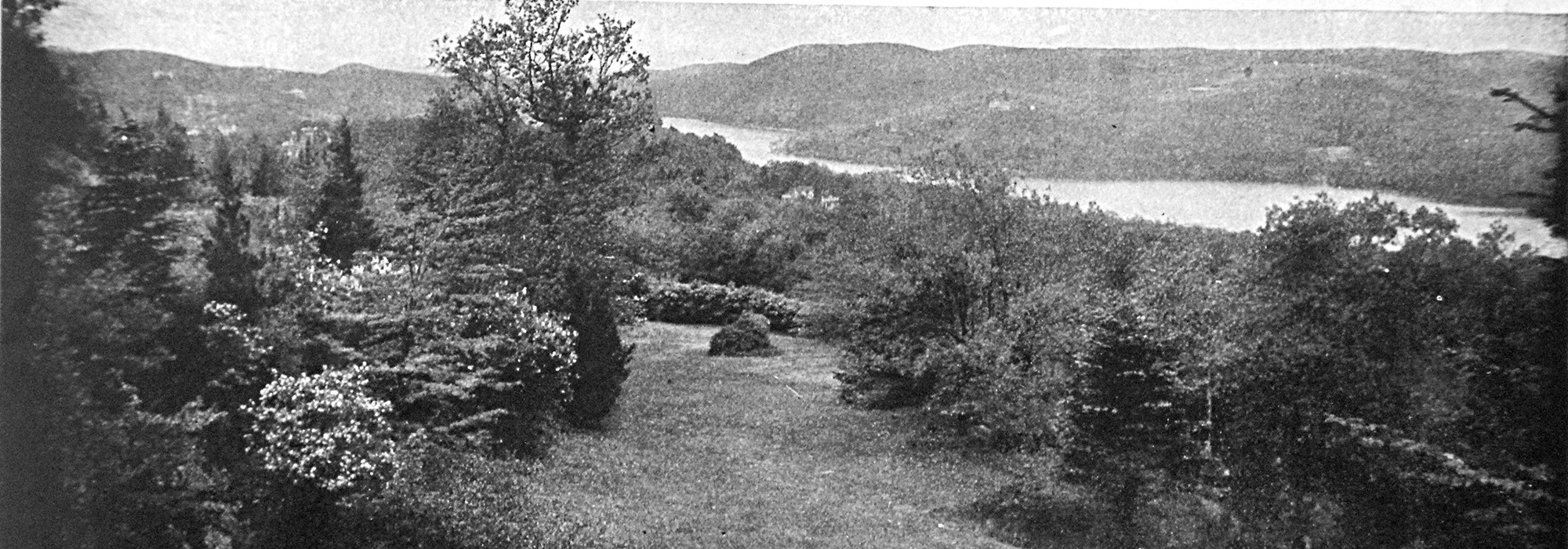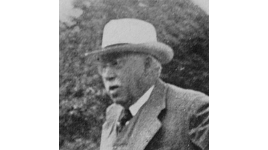J. Wilkinson Elliott Biography
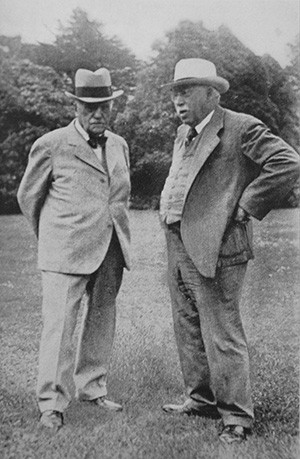
James Wilkinson Elliott was born on February 6, 1858, in Reserve Township, Allegheny County, Pennsylvania. His interest in horticulture came through the family line: his grandfather, William R. Elliott, founded a nursery in Pittsburgh in 1840 and began publishing a catalogue in 1847. His father, Benjamin A. Elliott, worked in the firm from his mid-teens and entered into a partnership to found his own nursery in 1870. He published a book and catalogue for ten years beginning in 1884 that showed his interest in landscape design.
Elliott began working in the family business around 1872. He started doing landscape designs in the 1880s, at first likely working with his father. Of interest are his own estate designs in 1888 for Pierre Lorillard Jr., at Tuxedo Park, New York, and in 1889 for Henry S. Turner, at Elsah, Illinois, which later became part of Principia College.
He established a nursery in 1889, offering imported and native plants under his own name to distinguish his nursery from that of his father. By 1891 he advertised as a landscape architect, although he later said that he preferred the term landscape gardener. Notable estate plans, carried out around 1900, were for James Ross Mellon at Pittsburgh, of the investment and banking family, and for former First Lady Lucretia Garfield in Mentor, Ohio.
Elliott published A Plea for Hardy Plants in 1902. The book resulted from a talk he gave in 1895 to the Massachusetts Horticultural Society. He says in the Introduction, “This book has not been written to teach the art of landscape gardening, but the need of it.” Along with Elliott’s own fourteen ground plans featured in the book, he recommended one by Harold ap Rhys Caparn who was working for him at the time (c. 1890-1897). Elliott’s writing shows an emphasis, learned from his father, on the informal use of hardy shrubs, plants and bulbs, in opposition to the predominant home gardening practice at the time of laying out beds of annuals in colorful formal patterns.
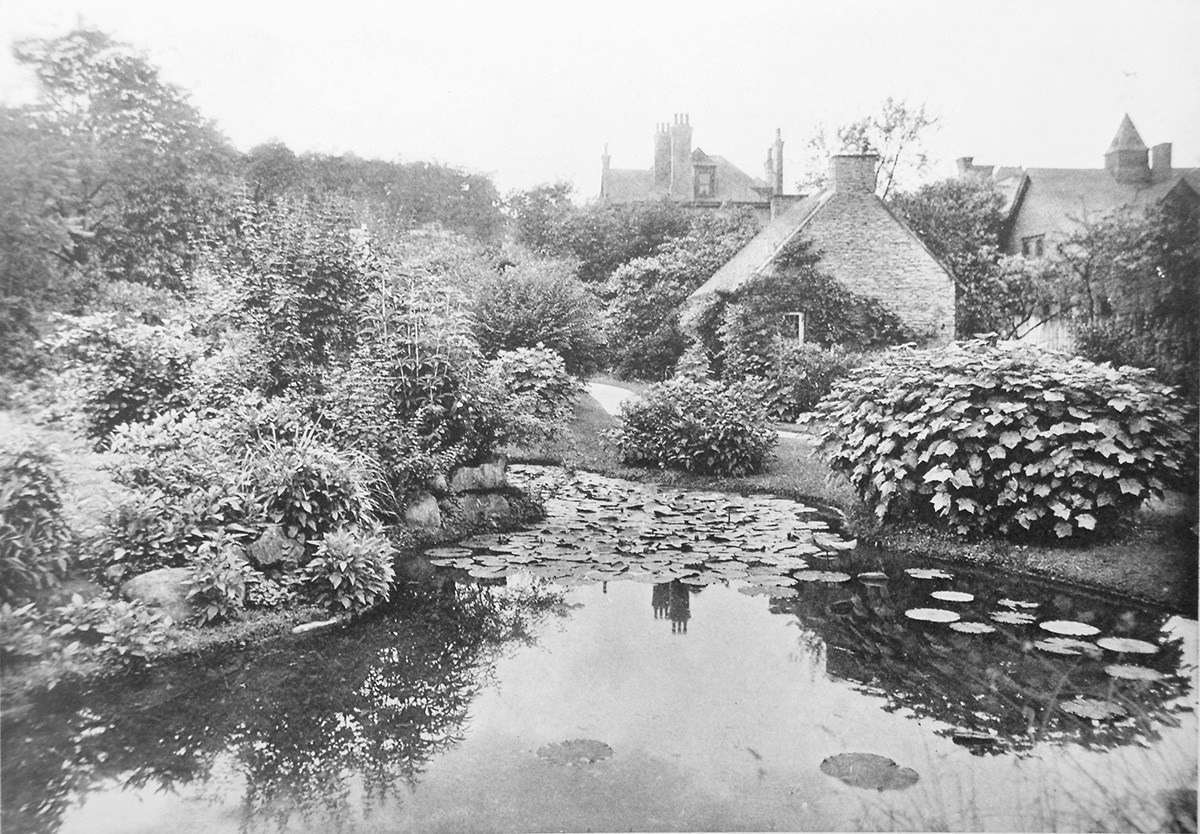
From about 1904, Elliott was president of the widely-advertised Elliott Nursery Company of Pittsburgh. He was engaged during the summer of 1905 by Darwin D. Martin of Buffalo, New York, to revise the plan for a “floricycle” designed by architect Frank Lloyd Wright, with further design detail by landscape architect Walter Burley Griffin. Elliott’s plan for the grounds, however, was not implemented.
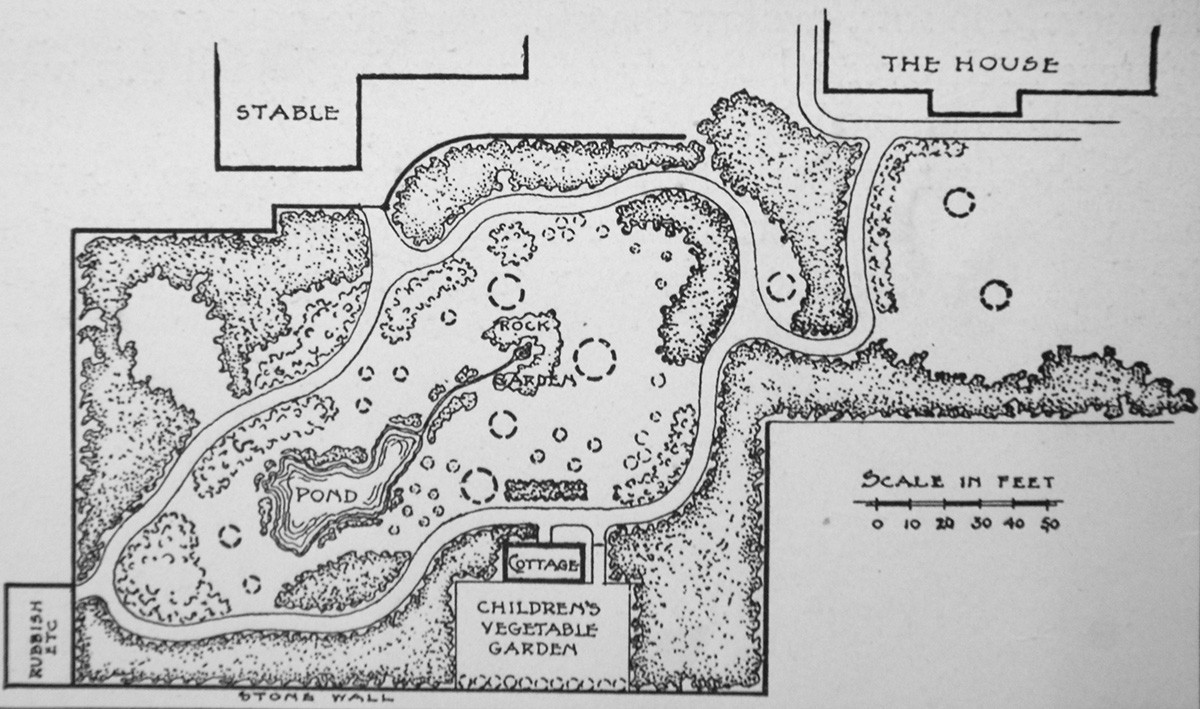
Elliott published his autobiographical Adventures of a Horticulturist in 1935, describing his influences and experiences as a nurseryman and landscape gardener. In the Preface, rosarian, author and publisher J. Horace McFarland says of Elliott, “Hating formality, loving beauty in every form, with an inherited plant-perception, he built gardens that were real, and, traveling abroad, saw as well what to avoid as what to absorb.” In describing his first trip to England, about 1885, Elliott credits his source of inspiration: “I called on William Robinson, the greatest gardener and the greatest writer about gardens that ever lived. I had picked up a copy of his famous book, The English Flower Garden (1883), and read it with the greatest interest and enthusiasm.” He continues, “This book was a revelation to me: whatever success I have had as landscape gardener and nurseryman is due to the inspiration of this book.” And further, “When I commenced landscape gardening there were only a few capable men in the United States and my work extended from Maine to California, and from New Orleans into Canada.”
In a brief article on “Hardy Plants of the Easiest Culture,” Benjamin Elliott had said in his book that The English Flower Garden and other of Robinson’s writings, including The Wild Garden (1870), “are most helpful, thoroughly practical in their teaching, and written with a vigor and finish that has won fame and fortune for their author.” The work by Elliotts, father and son, was thus strongly influenced by Robinson. Among other of his ideas, they avoided statuary and architectural impediments to viewing plants and disdained carpet bedding, but adopted an informal approach to landscape design with the focus on a fine lawn and extensive use of hardy plants.
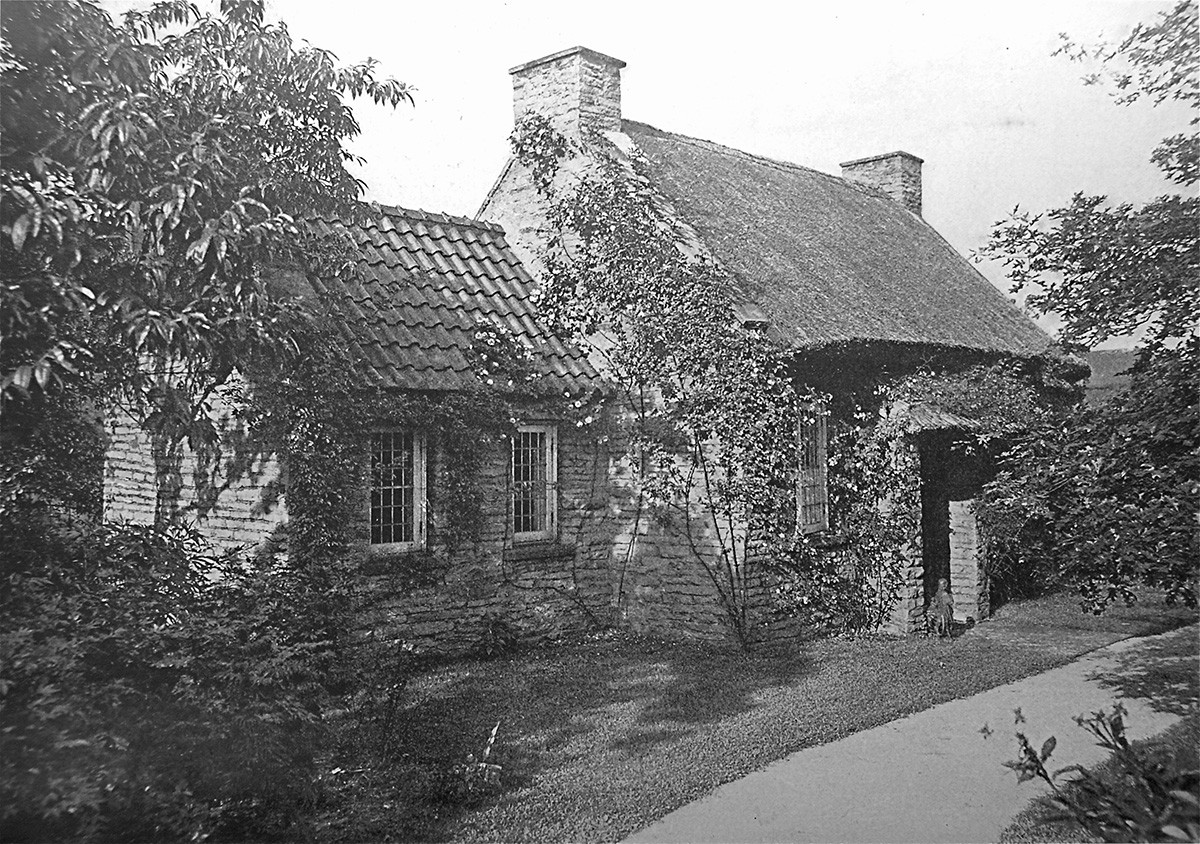
When Elliott retired at the end of 1921, he passed the firm to his son Rhea, who became its president in January 1922 and continued his father’s large mail order business in seeds and bulbs. For one hundred years, the Elliott family was known in Pittsburgh and beyond as significant nurserymen and landscape designers.
Elliott, his wife and several family members moved in 1923 to California, where he collected plants, shrubs, and trees for his retirement estate at 513 Silver Gate Avenue, on the Point Loma peninsula overlooking San Diego Bay and the Pacific Ocean. In 1928, he and his wife built the still-extant Elliott Arms Apartments at 1562 7th Street, in San Diego. When they sold the Point Loma estate in 1936, they moved to the Elliott Arms. Elliott died in San Diego, at the end of his eightieth year, on February 3, 1939. He and his wife Ida (Rhea) Elliott, who died in February 1961 at over 100 years of age, were interred at Greenwood Memorial Park in San Diego.
Bibliography
William R. Elliott, Practical and comprehensive treatise on fruit and floral culture, and a few hints on landscape gardening. Pittsburgh: Jos. Horne & Co., 1870.
Benjamin A. Elliott, A few flowers worthy of general culture—An effort to win for hardy plants a recognition of their great wealth of beauty. Pittsburgh: B. A. Elliott Co., annually 1884-1893.
J. Wilkinson Elliott, A Plea for Hardy Plants–With Suggestions for Effective Arrangement. New York: Doubleday, Page & Company, 1902.
J. Wilkinson Elliott, Adventures of a Horticulturist. Point Loma, California, 1935.
Oliver Chamberlain, “James Wilkinson Elliott: Could His Eastern Garden Survive in California?” Eden, Journal of the California Garden & Landscape History Society, Los Angeles, CA, Winter 2011.
About the Author
Oliver Chamberlain retired as executive director of the Center for the Arts at the University of Massachusetts Lowell. He became interested in J. Wilkinson Elliott through his work on a book on Harold A. Caparn, FASLA. He is the fifth generation of the Caparn-Chamberlain family to have interests in landscape design and the other arts.



